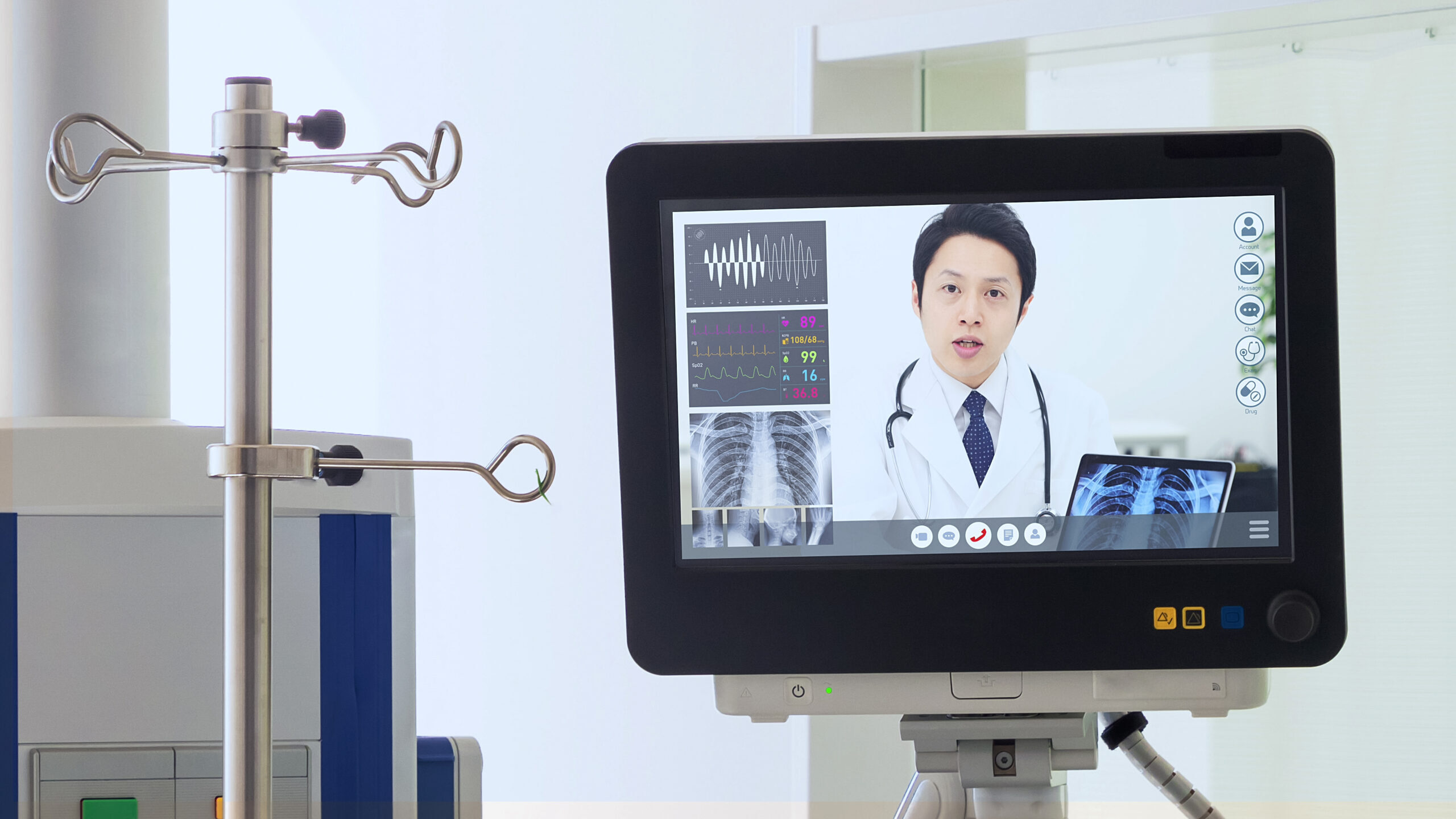Telehealth Utilization Helps Reduce Our Carbon Footprint And Protect The Environment. Congress Must Act Now To Protect This Essential Access.
During Earth Month, we reflect on the lifestyle changes we can make to better support a healthier, thriving environment. Some people may decide to take a shorter shower, use less electricity, or bike to work instead of taking their car to reduce their carbon footprint. One way that millions are already reducing their emissions is through the use of telehealth.
Through telehealth access, patients can attend appointments from the comfort of their homes. This means they’re spending less time in cars and burning less fuel. The driving time saved by telehealth patients has the added value of reducing carbon dioxide (CO2) emissions. An estimated 5,000 metric tons of CO2 emissions are avoided for every one million virtual visits. According to the American Medical Association, one large health system found that by integrating telehealth programs into their hospital, there was a reduction of greenhouse gasses that was equivalent to the emissions created every year by 1,200 homes. Another study from the Ohio State University Wexner Medical Center found that since March 2020, approximately 50 million miles of travel have been saved by using telehealth. This resulted in 17,500 metric tons of carbon dioxide and 2.2. million gallons of gas being saved due to reduced travel, as well as 25 tons of appointment-related waste.
As of 2020, it’s reported that the health care system is responsible for an estimated 10 percent of all greenhouse gas emissions in the U.S. Telehealth could be a way to help reduce this number while still providing patients with the safe, low-cost, and convenient care they rely on. “The world is currently in a climate crisis,” said Sristi Sharma, a UC Davis preventive medicine physician. “Being one of the largest contributors to greenhouse gas emissions, the health care industry should be taking serious steps to decrease its carbon footprint and telehealth is one of them,” she continued. Further, researchers from the University of Cambridge have also found that with continued integration of telehealth programs in hospital systems, telehealth could support a net carbon-zero health care system.
Without the need to drive to appointments, patients are finding telehealth to be cost-effective and convenient as well. One Arkansas resident said, “After thirty five years I finally found a therapist who is helping me manage my eating disorder. She lives an hour away and I would not have found her or been able to connect with her if not for telehealth.”
As we celebrate Earth Month, it’s important to reflect on the great advances that telehealth has allowed for in carbon reduction and utilize that momentum to create lasting protections. As we invest in the future of health care, we will continue to see incredible results, such as the 53,664,391 commuting miles saved by University of California Health system patients in two years by using telehealth instead of in-person care. Telehealth is a tool that can provide lasting change that will help support a more sustainable health care system and provide accessible care for the future. To protect that access, and invest in the future, Congress must act now.
Learn more about how Congress can act now to safeguard access to telehealth HERE.
ABOUT TELEHEALTH ACCESS FOR AMERICA
Telehealth Access for America (TAFA) is a public education campaign supported by leaders in health care committed to better care, expanded patient choice, and protecting access to critical telehealth services. Learn more and take action today at www.telehealthaccessforamerica.org.

